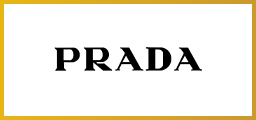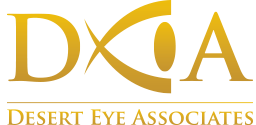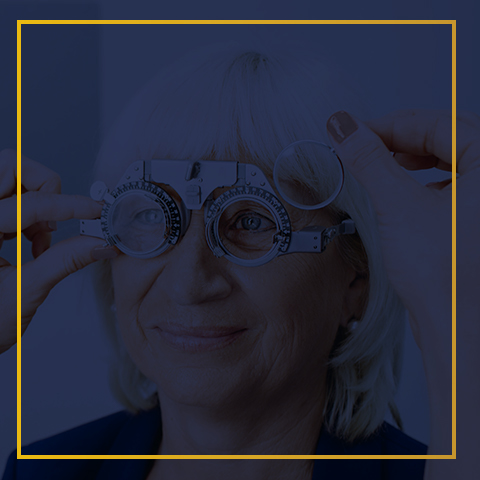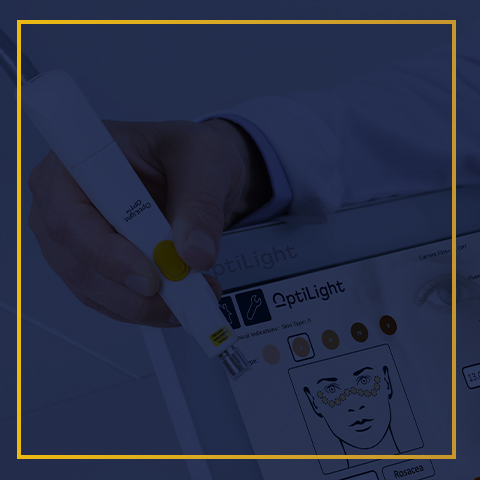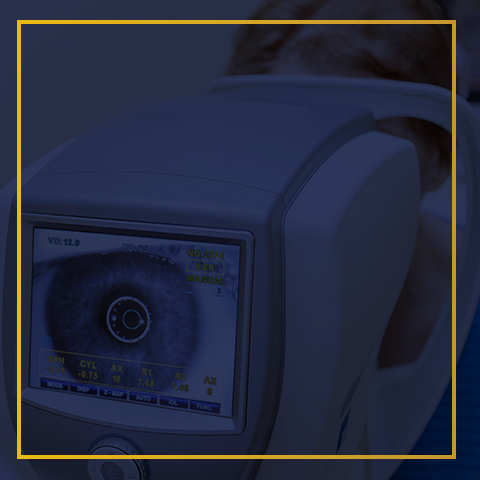Preserving Your Long-Term Vision
Eye diseases can come in many forms. Our team wants to help preserve your long-term vision, whether you’re dealing with cataracts, glaucoma, age-related macular degeneration, or diabetic eye disease.
An eye exam with us is about more than just updating your prescription. It helps us get a full picture of your eye health and check for any developing or current issues. Our approach to detecting, monitoring, and managing eye disease is hands-on and thorough.
Contact us to schedule your appointment today.
Request Appointment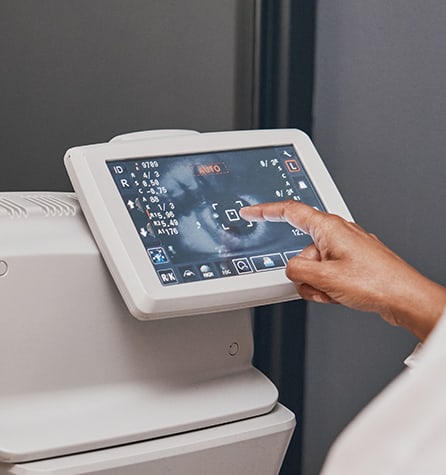

Early Detection & Early Action
Early detection is something we value at Desert Eye Associates. The earlier we detect signs of eye disease, the sooner our team can take action and begin preparing your personalized treatment plan to preserve vision.
We implement diagnostic technology such as OCT, visual field testing, and retinal imaging to capture all the details of your eye health.
The Different Forms of Eye Disease
Eye diseases can affect your eye health and vision in many ways. By helping you understand the different forms of eye disease and some of the early warning signs, we strive to help you understand your risks for certain conditions and get regular eye exams.
Our team works to address your eye disease issues early through consistent exams and education before your vision and eye health are affected.
Cataracts
Cataracts develop when the normally clear lens of the eye becomes clouded and can cause symptoms like blurry vision, dim or yellowed vision, and difficulty seeing at night. Cataracts begin developing when proteins in your eye form clumps that partially obscure your lens and stop light from reaching your retina, the thin layer of tissue that lines the back of your eye.
If cataracts progress to a later stage and prevent you from going about your daily activities, such as reading or driving, cataract surgery may be the only option to remove them.
Glaucoma
Glaucoma is a group of eye conditions that cause damage to your optic nerve, which is responsible for sending visual information to your brain. Damage to your optic nerve can lead to vision loss and blindness if not detected and treated early.
Damage from glaucoma can be caused by high pressure in the eye, referred to as intraocular pressure. Age, family history, and previous eye injuries can all be glaucoma risk factors. Maintaining a regular eye exam schedule is essential for catching glaucoma early.
We offer glaucoma management and care services.
Age-Related Macular Degeneration
Age-related macular degeneration (AMD) is a progressive disease that affects your central vision, damaging your macula. This damage can make things like reading and driving much more difficult.
AMD is a leading cause of vision loss among older adults, and there are 2 main types:
- Dry AMD is the more common form of the disease and occurs in early, intermediate, and late stages. This form of AMD occurs when the macula thins with age.
- Wet AMD is the less common form of the disease and can cause faster and more severe vision loss. Wet AMD occurs when abnormal blood vessels grow in the back of the eye and damage the macula.
Our exams include OCT and visual field testing to help detect and manage AMD.
Diabetic Eye Disease
Diabetes can increase your risk of developing eye diseases such as glaucoma, cataracts, and diabetic retinopathy, which is a primary vision loss concern for patients with diabetes.
Diabetic retinopathy is a condition that causes damage to the blood vessels of the retina. Signs and symptoms of diabetic retinopathy can include:
- Black spots or holes in your vision
- A loss of central vision
- Blurry vision
- Difficulty seeing at night
We use optical coherence tomography (OCT) and retinal imaging in our diabetic eye exams to assist with the early detection of diabetic eye issues.
Chalazion
If you’re dealing with a chalazion, commonly known as styes, we can help. A chalazionvoccurs when one of the tiny oil glands in your eyelid, called meibomian glands, becomes blocked. While it may initially be painful, a chalazion typically becomes painless over time.
Chalazia are more common in adults between the ages of 30 and 50, but they can also occur in children. It’s often hard to distinguish between a chalazion and a stye, as both conditions result from blocked oil glands.
Diagnosing a chalazion typically involves a comprehensive eye examination, including a review of your health history and a thorough examination of the eye, eyelid, eyelashes, and oil glands.
Treatment options for chalazia include self-care measures like applying warm compresses to the affected eye multiple times a day and practicing good hygiene by avoiding eye makeup and touching the eyes.
Our Diagnostic Testing
Our offices in Palm Desert and Yucca Valley are equipped with imaging instruments and modern technology to help diagnose and manage common eye diseases such as glaucoma, diabetic retinopathy, cataracts, and macular degeneration.
Our diagnostic technology includes OCT and visual field testing to help our team detect signs of eye disease early. Early detection allows our team to get a head start on preparing a personalized treatment method for your needs.
Retinal Imaging
We use optical coherence tomography (OCT) to help us monitor retinal conditions that can lead to profound vision loss or blindness. These common conditions include diabetes, high blood pressure, glaucoma, and macular degeneration.
We also use advanced fundus cameras that help us follow possible changes that can occur with diseases.
Corneal Topography
Corneal topography creates a map of the curvature and elevation of your cornea. This can help in the diagnosis of conditions such as keratoconus, pellucid marginal degeneration, and irregular corneas.
Knowing the shape of your cornea can help with many treatments, such as finding the right contact lens fit and helping us determine if you need astigmatism correction during cataract surgery.
Threshold Visual Field Testing
Visual field testing is used to help us see what you see (and what you do not see). It has been a gold standard for the diagnosis and management of glaucoma for decades. People with glaucoma typically need a threshold visual field test performed at least once a year.
As the eye is an extension of the brain, it is also possible to diagnose certain brain lesions with visual field testing.
This visual field report shows what advanced glaucoma looks like on testing.
Ultrasound Testing
Sometimes, eye diseases prevent us from seeing into the eye using our standard diagnostic technology. When this happens, we rely on an ultrasound to help examine your eyes.
Ultrasound technology can be used to diagnose many diseases, such as glaucoma, retinal bleeding, retinal masses, and ruptured globes.In certain cases, it may be necessary to use ultrasound technology to get measurements used to plan cataract surgery.
Laser Interferometric Biometry
Our office uses the Lenstar optical biometer to help us plan your cataract surgery with laser interferometric biometry. This machine can provide precise measurements of your eye and is equipped with advanced planning features to help us give you a favorable outcome for your cataract surgery.
Your Eye Health Comes First
Our eye disease management services are designed to help support your vision for years to come. Through regular eye exams, modern technology, and patient education, we aim to prioritize your eye health and determine which treatment and management options can preserve your vision and protect your eyes.
Contact us to schedule your appointment and get a head start on eye disease management.
Request AppointmentOur Location
Yucca Valley Office
- Phone: 760-342-6900
- Email: [email protected]
- 56970 Yucca Trail, #103
- Yucca Valley, CA 92284
Hours
- Monday: Closed
- Tuesday: 8:00 AM – 5:00 PM
- Wednesday: 8:00 AM – 5:00 PM
- Thursday: 8:00 AM – 5:00 PM
- Friday: 8:00 AM – 5:00 PM
- Saturday: Closed
- Sunday: Closed
Palm Desert Office
- Phone: 760-342-6900
- Email: [email protected]
- 37029 Cook Street, #105
- Palm Desert, CA 92211
Hours
- Monday: 8:00 AM – 5:00 PM
- Tuesday: 8:00 AM – 5:00 PM
- Wednesday: 8:00 AM – 5:00 PM
- Thursday: 8:00 AM – 5:00 PM
- Friday: 8:00 AM – 5:00 PM
- Saturday: Closed
- Sunday: Closed
Our Brands






